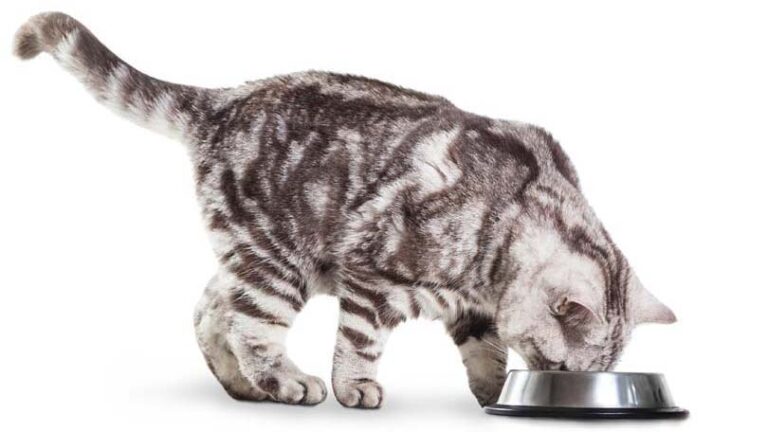What Does Spaying or Neutering a Cat Entail?
Sharing a house with an unaltered cat can be very unpleasant. Males are extremely likely to spray, and females in heat can really make a pest of themselves – yowling at all hours and constantly demanding attention. The good news is that spaying and neutering are relatively straightforward procedures.
After a physical exam and maybe some pre-anesthetic blood work, the veterinarian or technician will anesthetize the cat. For spays, this usually involves one or more injections followed by an endotracheal tube placed in the windpipe through which the cat will breathe oxygen and anesthetic gasses. Next, the cat’s belly is shaved and scrubbed with antiseptic solutions. During the spay itself the surgeon makes an incision through the skin and abdominal wall; locates, ties off, and cuts free both ovaries and the body of the uterus; checks the abdomen for any abnormal bleeding; and sews the abdominal wall and skin back together. Veterinarians often use absorbable skin sutures that do not need to be removed once the incision has healed.
Routine cat neuters are performed under injectable anesthesia only (i.e., no inhalant anesthetics or oxygen required). Once the pet is deeply asleep and unable to feel any pain, the veterinarian or technician removes the hair from the scrotum and thoroughly cleans the area. The surgeon then makes a small incision over one testicle, ties off and cuts the spermatic cord and blood vessels, and repeats the procedure on the second side. No skin sutures are needed. Pain relief, other than what is given at the time of surgery, is usually not required.
Post-operatively, owners should watch their cats for any abnormalities for about a week. Females may go home with a few days of medication to relieve pain and an Elizabethan collar if licking is a problem.
Article By: Jennifer Coates DVM

Having discovered a fondness for insects while pursuing her degree in Biology, Randi Jones was quite bugged to know that people usually dismissed these little creatures as “creepy-crawlies”.







